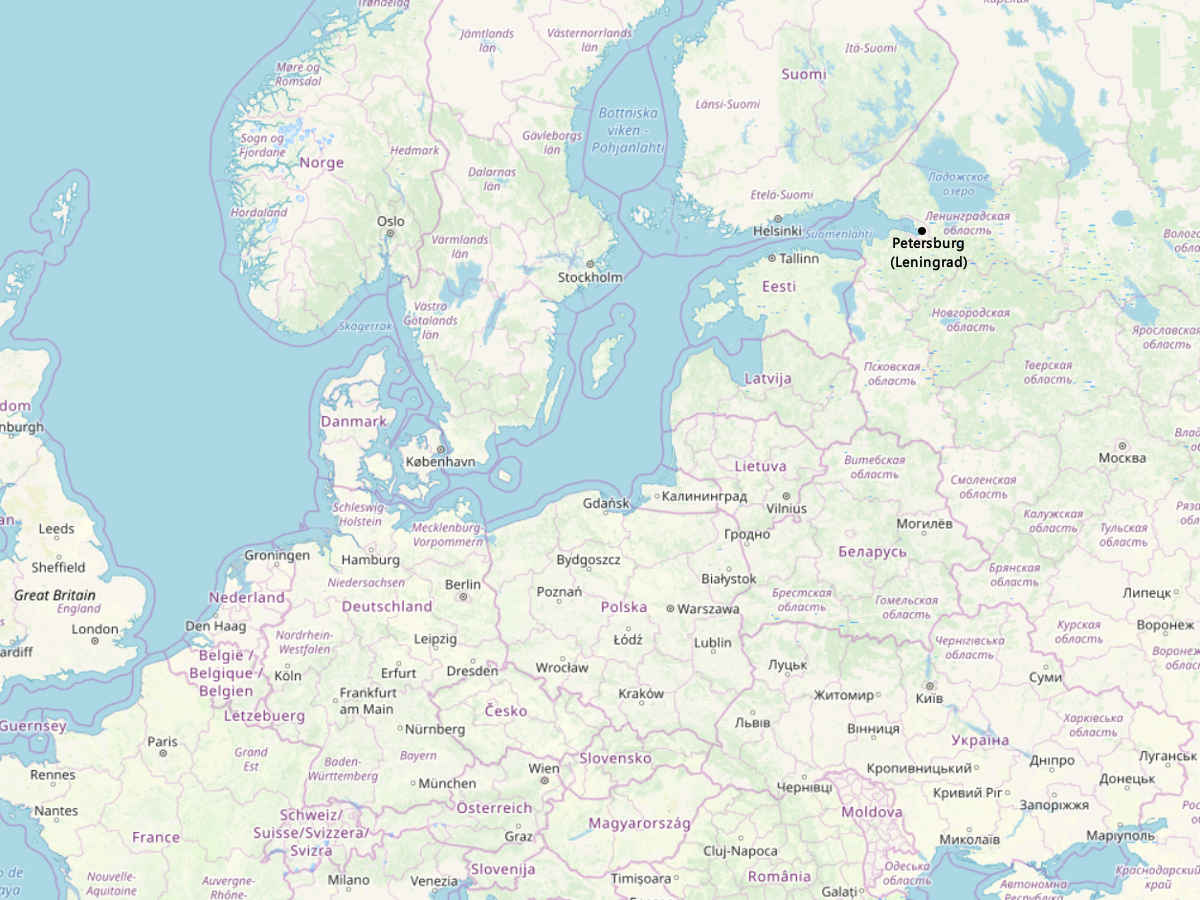Modeling diorama - Leningrad 1942
The full title of the diorama is: "Leningrad 1942 - The Enemy at the City Gates". The photos were taken in 2015 at the 12th International Festival of Plastic Reduction Models Bytom 2015.
Leningrad (today's name of the city is St. Petersburg) is located in the isthmus between the Gulf of Finland (the Baltic Sea) and Lake Ladoga. The city became Hitler's target because it was the important industrial center for the production of weapons and the place the stationing of the Soviet Baltic fleet.
Leningrad was besieged by the German army continuously for almost two and a half years. The siege lasted from September 8, 1941 to January 27, 1944. Initially, the city was going to be taken by storm. However, when the blockade had been closed, it was decided to keep it. It was hoped that the besieged city would fall anyway. Hitler was transfering his troops to other regions of the eastern front, mainly to Moscow. Supplies transferring for the army besieging Leningrad were also being decreased. For these reasons, the blockade became less effective over time.
The first winter was the worst for the townspeople, when the blockade was still tight. The frost was being dropped to minus 40 degrees Celsius (32 °F). The city lacked electricity and heating. Food supplies were scarce and hunger set in quickly. People tried to eat almost anything. When baking, cotton pomace was added to the bread, and later even sawdust obtained from tree shavings. There have also been cases of cannibalism. Only when the lake Ladoga had frozen over, it was possible arranged supplies for the city.
The pipeline for fuel delivery was laid at the bottom of the lake in 1942. When the energy appeared, some schools were opened, tram communication and water supply were launched. More and more factories were being run, among others, it was resumed production of weapon in the city.
This episode of the Second World War outstands the long time of last, a very large number of victims and difficult conditions for both sides of the conflict. Estimated losses among soldiers on the German side are 400,000, and the Soviet about 1 million. Leningrad civilian losses ranged from 750,000 to 1 million, most of which starved to death. This is more than the number killed by the two nuclear bombs dropped on Japan.
Sources:
- http://wiadomosci.onet.pl/kiosk/leningrad-zima-w-miescie-glodu/ksqtq
- https://histmag.org/Blokada-Leningradu-najdluzsze-oblezenie-nowoczesnej-Europy-8963
- https://opinie.wp.pl/oblezenie-leningradu-900-dni-grozy-6126038010242689a
- https://pl.wikipedia.org/wiki/Blokada_Leningradu
24 Oct 2017, update: 04 Dec 2018
Modeller: no data
Photographer: Ender
Illustration by Ender and the authors of OpenStreetMap
The cartographic data for the illustrations have been downloaded from the website www.openstreetmap.org based Open Data Commons Open Database License.
These photos and illustrations are available under the Creative Commons Attribution-ShareAlike 4.0 International license. This means that you can use them for free for any purpose, even for commercial purposes, as long as you indicate the author of the photos and the link to the source, i.e. the website address from which they were taken. You must also provide the license name and a link to its terms and conditions.













